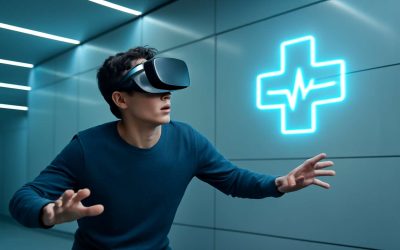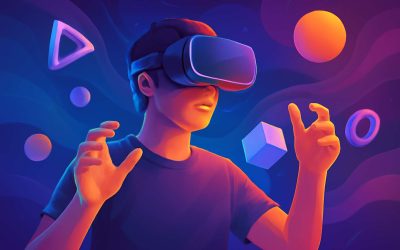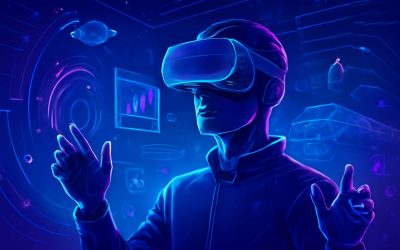Virtual reality, or VR, is a headset that allows you to immerse yourself in a simulated environment. It uses a headset with a screen that displays a virtual world, along with head tracking that allows you to move your head in any direction and the display will follow to maintain your visual field of view. VR is different from augmented reality, which uses digital images layered on top of the real world you are in.
There are many types of VR headsets available on the market. Some are standalone devices, such as the Microsoft HoloLens and Magic Leap. Others use your mobile phone as the display, like Google Cardboard and Samsung Gear VR. These headsets tend to be cheaper than PC-tethered VR headsets, but have lower graphics and performance levels.
PC-tethered headsets require a powerful gaming computer to operate, like the HTC Vive and Valve Index. They have a higher resolution display that can deliver more detail and are often cable-tied to the PC for best results. They also feature more advanced motion sensors and eye-tracking to track your movements in the simulated space.
A headset has a transparent screen with a pair of lenses placed between it and the eyes. The stereoscopic lenses create the illusion of depth that helps you feel like you are in the simulated environment. Some headsets have an autofocus system that automatically adjusts the lens to match the distance of objects.
The headset screen needs to have a high refresh rate, or how often it changes what it shows per second. This can reduce motion sickness and allow for smoother animations. The headset also needs a high resolution, or the number of pixels displayed on the display screen. The lower the resolution, the more jagged or mesh-like the visuals will appear.
A good VR headset will have a wide field of view, or FOV. This measures the range of visible pixels around you, and helps your brain understand where your eye is looking in relation to the environment. A headset with a smaller FOV can cause nausea when you look from one side to the other.
In addition to games, VR is being used for social and entertainment purposes. Concerts by famous musicians are played entirely in VR, and art exhibitions can be explored virtually. There are even VR movies and cinemas being developed. VR is also being used in business, medicine and education. Businesses train employees in VR applications, medical students practice precarious procedures, and patients undergo specialized therapy in VR.
Another use for VR is in retail, where customers can try on clothes or furniture to see how they fit and look. This can help eliminate the frustration of returning items that don’t fit or don’t look right. It can also be a great tool for sales associates to show customers how to use products or services.



0 Comments